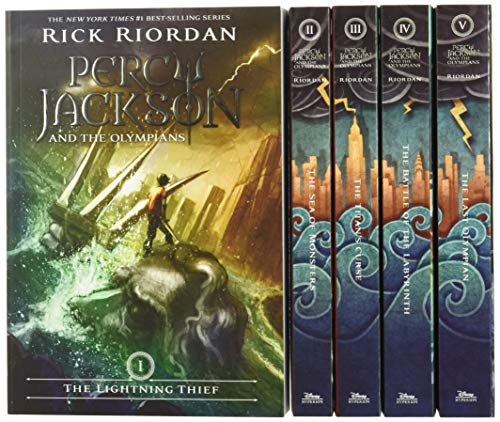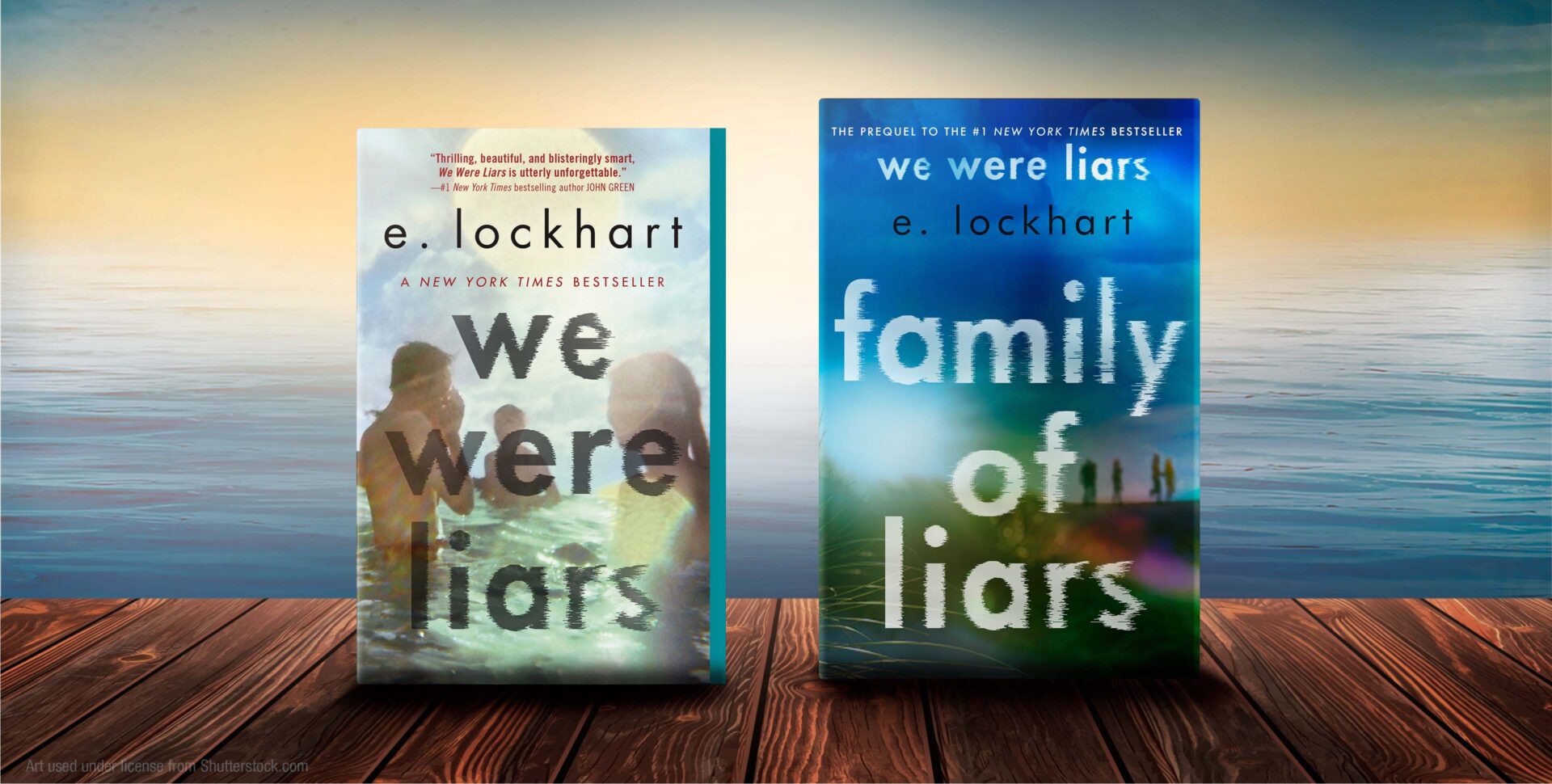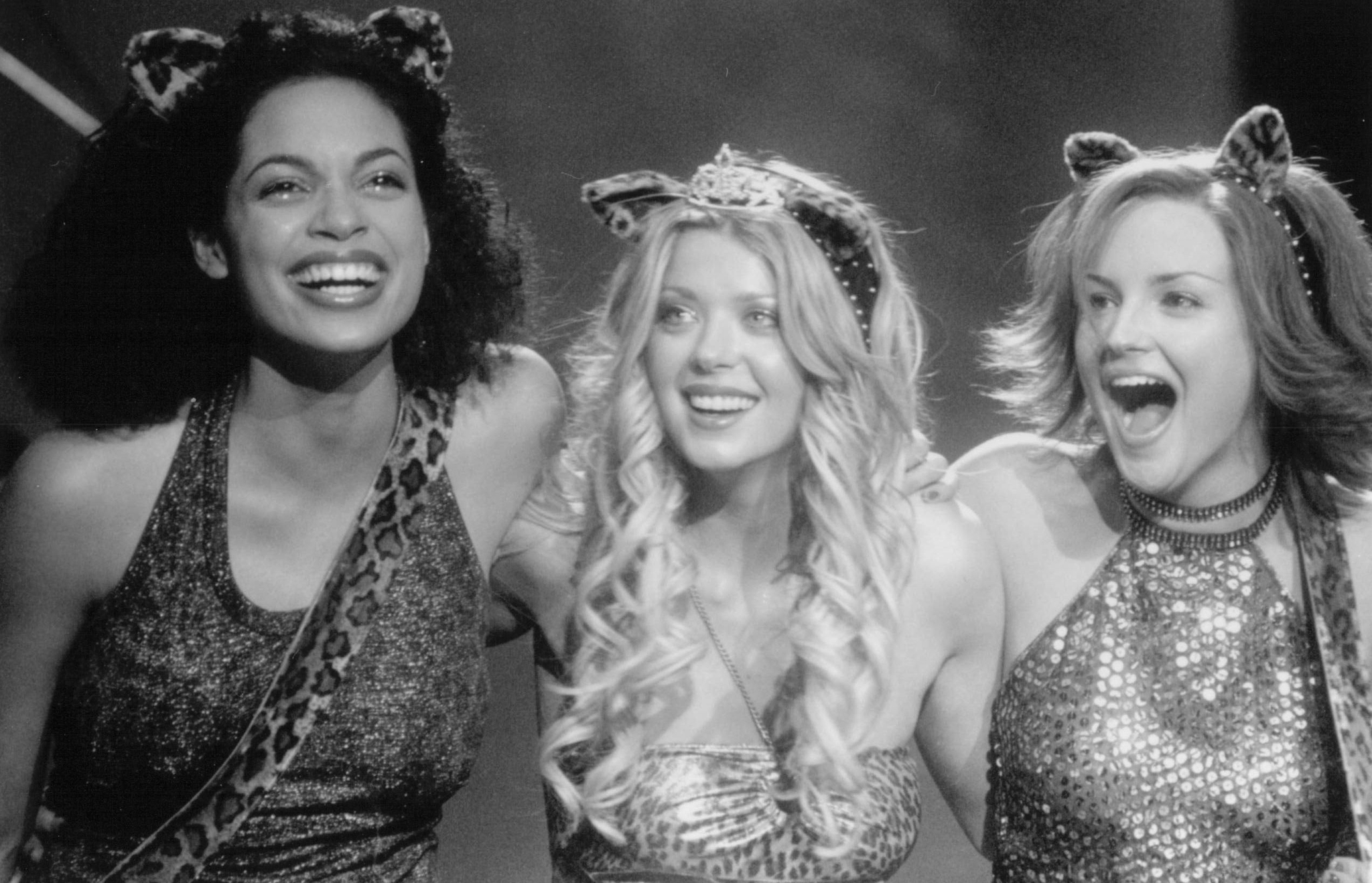Book series to read over the summer
by Ledger Staff
“We Were Liars” and “Family of Liars”
by Madi Williams
I came across the first book on TikTok last summer and loved the twist and turns it took you on, and I was so excited to learn that a prequel came out, and I freaked out when I saw it in the store. These books are definite reads if you like mystery and suspense.
We Were Liars
Following the life of Cadence Sinclair and her childhood summer vacations at the family private island. When Summer Fifteen hits, an incident happens where the secrets, lies and flaws of the Sinclair family become reality.
Family of Liars
Following the life of Carrie Sinclair (the aunt of Cadence) during her summers and on the family island. Learn more about the Sinclair family and how the secrets and lies started generations earlier.
If you want to read these books you have to read “We Were Liars” first, otherwise “Family of Liars” will spoil what happened in the other book.
Three alternatives to the “Harry Potter” series
by Andrew Anderson

The “Harry Potter” series by J. K. Rowling has faced a lot of controversy since its public release, and so here’s a handful of alternatives to “Harry Potter” to read over the summer that follow a child, or children, as they explore magical worlds and often end up saving them.
The first is “The Chronicles of Narnia” by C. S. Lewis. While the books carry with them an overt Christian overtone, the series has long since been established as a classic. It follows the story of the world of Narnia, a fantasy land filled with mythical creatures. Many of the books often focus on the adventures of the Pevensie children as they explore the world when first stumbling across it. Those wishing to read the series can find the complete works in a pdf file through Amazon Web Services.
Another alternative is “Percy Jackson and the Olympians” by Rick Riordan. While this series has grown into many spin-offs over the years, the original series of five books follows the story of Percy Jackson, who is the son of the Greek god Poseidon, and his journey in becoming a demi-god hero. Those wishing to read the first book can do so on Freebie Books.
The last alternative is the “Skulduggery Pleasant” series by Derek Landy. The series focuses on the adventures of the fledgling detective Valkyrie Cain, first introduced as Stephanie Edgley, and her mentor Skulduggery Pleasant as we are introduced to a world of fantastical magic that faces the threat of ending. The first series of novels has nine books, the first three chapters of the first book able to be read online through the official “Skulduggery Pleasant” website.
You Think “Akira” (1988) is Good? Read the Manga
by Jaida Noble

In my years as a fan of Katsuhiro Otomo’s work, “Akira,” I’ve noticed that many who have watched the movie have not taken the time to read the manga series. So, as graduation approaches, I am using this last issue to advertise this classic.
One of the main reasons that I plug the manga series so much is because, while the film is an animated masterpiece that will forever be on my favorites list, it is essentially a Cliff Notes version of the manga. The film “Akira” (1988) roughly covers Volumes 1, 2, and a portion of 6, all crunched into a two-hour film, making the events that occur in the story, of course, a bit rushed.
Reading the manga for the first time some years ago, I was shocked at how much more there was to the story.
Despite being over 2,000 pages in total, the series reads surprisingly fast as the pacing for the action speeds by, giving time to slow down for exposition and the more emotional parts of the story.
In regard to the characters, there are more of them. Otomo gives each character a substantial amount of attention and development, making it practically impossible to choose just one favorite.
Lastly, and my favorite aspect of it is the art. Otomo’s artistic talent is demonstrated in the 1988 film, but I would argue even more so in print. There are instances in the series where I am just blown away by Otomo’s skill, especially in his drawings of architecture and cityscapes, some of which fill up two entire pages, and his unique spin on semi-realism in close-up shots.
If you enjoyed the 1988 film, why stop there? Get the full experience of this classic by reading the manga!


